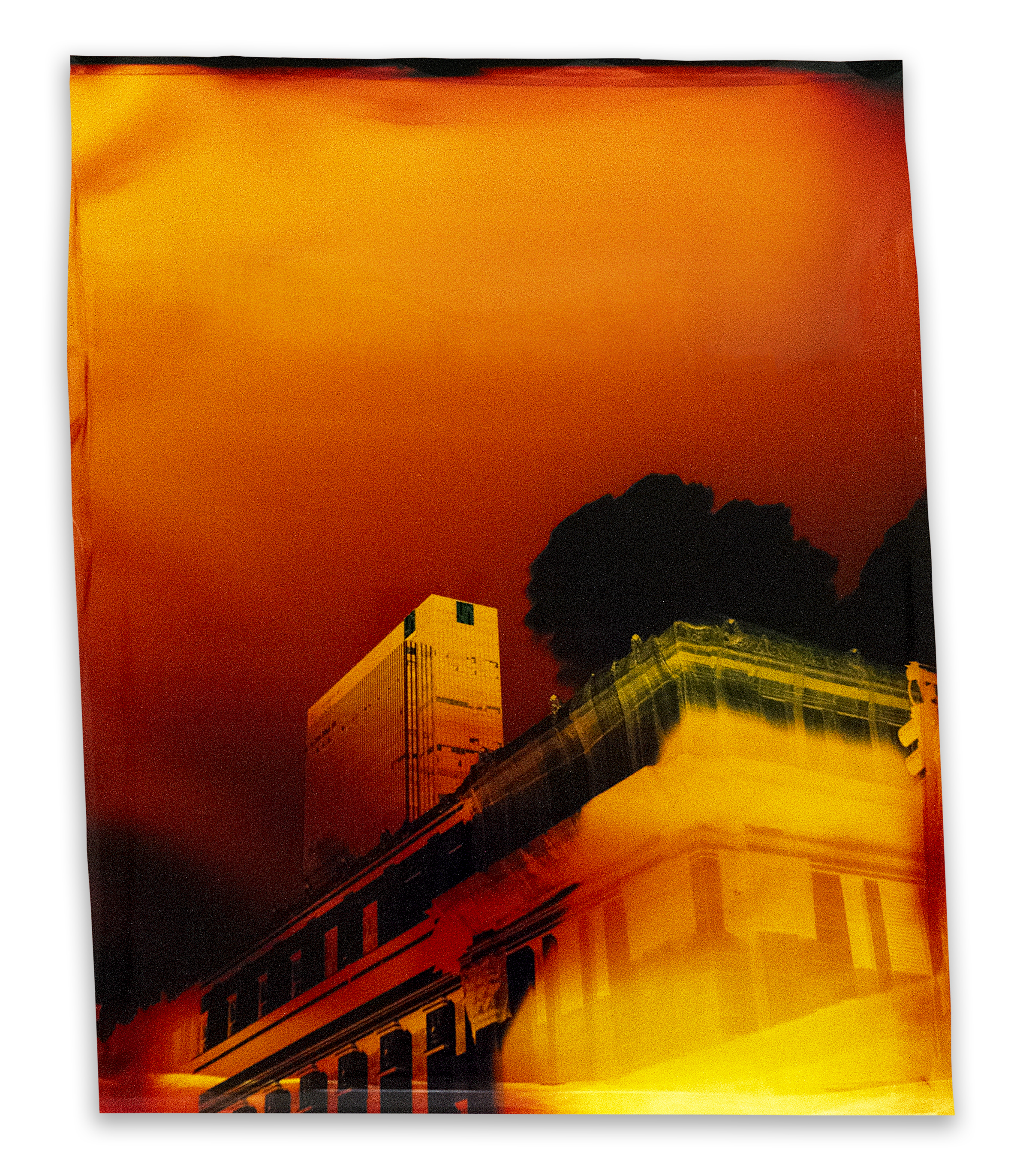The Archives: John Chiara
John Chiara, Broadway at W73rd Street, New York, N.Y., 2015
Andrea Blanch: What was the biggest lesson that you brought away from having him as a mentor?
John Chiara: There came a point where he just said, “Okay, you know what to do, you just have to go out and do it. When you get the cojones, come meet with me again, and show me new work. Call me up and we’ll meet until one of us falls over and doesn’t get back up.” I thought that was really generous and beautiful. He basically said, “We don’t really need to meet anymore, but when you’re ready and you want some feedback, I’m here.” Which is amazing to hear from somebody like him.
AB: And this mentorship was when you were in or out of school?
JC: This was when I was in school, at the Master’s program at CCA. If you want to work with somebody that’s not with the school, and if they agree to it, then the school will pay them to work with you. I said I wanted to work with him, and Larry Sultan was kind enough to approach him and he agreed to do it, so I was really lucky.
John Chiara, W39th Street at 11th Avenue, New York, N.Y., 2016
AB: So how do you translate from that kind of teaching experience, being a student, to what you do now?
JC: All I do started right as I was entering grad school, and it morphed and changed—it still does. It is all a cohesive, continual growth out of that time. I think not going directly back to school, and taking those six years off was really important; I think I matured. When I got into grad school I already knew the type of work I was really interested in making. Maybe I didn’t know how to articulate it, maybe I didn’t know how to fully produce it yet, but I was learning from each picture how to do it, and I was getting really good feedback and support.
Now I don’t really meet with people to get feedback. When I get together with other photographers, we’re usually talking about really technical things, like where to get paper, or who’s making chemistry.
John Chiara, Washington Street at Little W12th Street, New York, N.Y., 2015
AB: What’s your printing process?
JC: Whatever format I want the image to be, I build equipment to shoot directly onto that format. I like the viscosity of that image and the depth that it can have, the sharpness. I shoot directly onto the material I’m going to exhibit. For the Hudson River Valley show, I shot directly onto Ilfochrome and had to do all of the “dark room work” while I was shooting. I was out taking the picture, and simultaneously filtering the color and dodging and burning as if I was in the dark room. For Manhattan, I shot onto Fuji Flex Crystal Archive, which is just a chromogenic paper that turns into a negative when you shoot directly onto in.
John Chiara, W59th Street at West End Avenue, New York, N.Y., 2015
John Chiara, W31st Street at 9th Avenue, New York, N.Y., 2015
To read the full interview with John click here.












